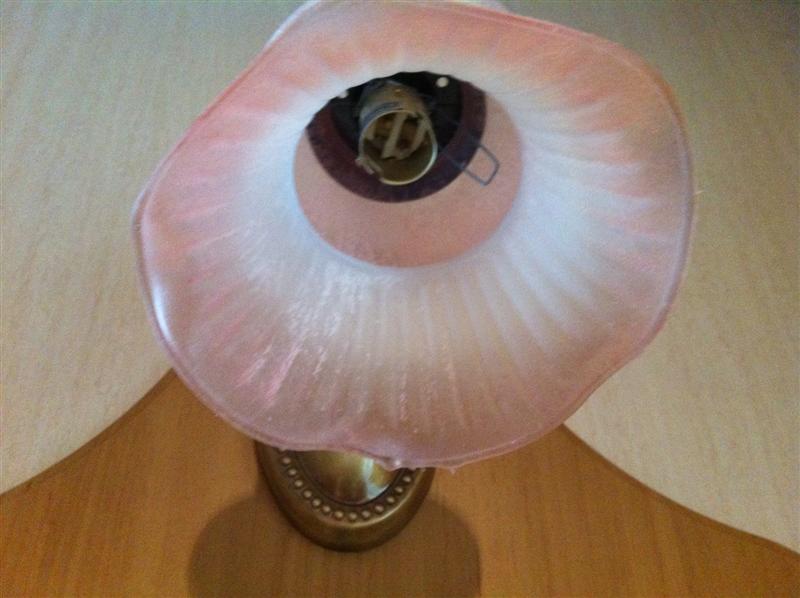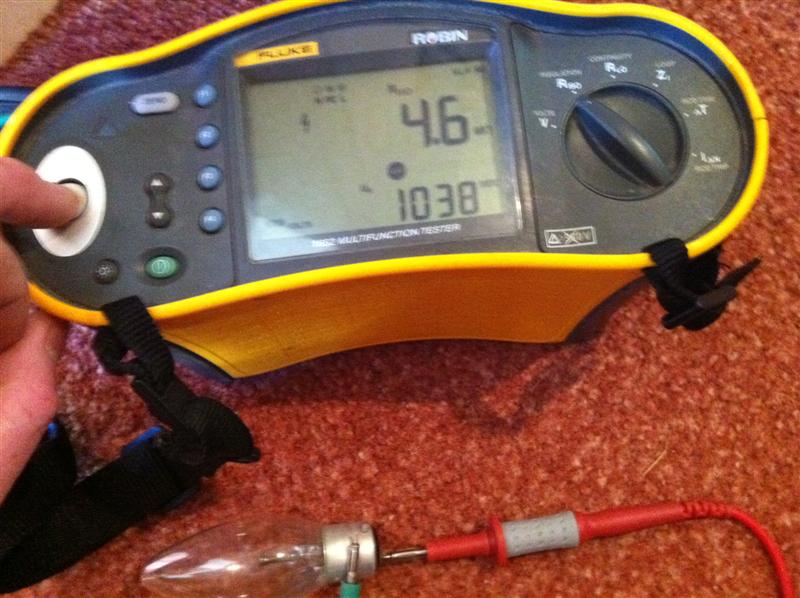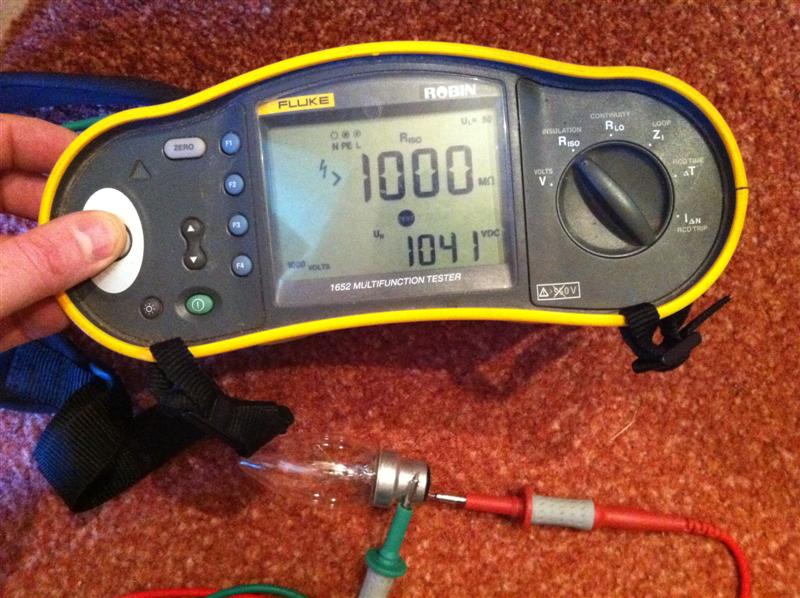I have mentioned this before with regards some thread somewhere.....
If you carryout a PIR and state a limitation to INS RES testing from L to E and N to E only (as in not between L and N due to lamp removal etc), you may be surprised with the readings you get.
I did a site with loads of chandelliers with BC candle lamps, it was impracticle to remove lamps, so a limitation was noted. The INS RES was pretty much flat down. It turned out to be the lamps......
This is a pic of a typical BC metal (earthed) lamp holder (not form the site mentioned above).

This is the reading of the lamp. It was originally around 2M, but increased as I tested. I have seen far lower!

This is the reading of an identical lamp from a similar fitting.

So, if you decide not to remove lamps and not test L to N, if you get some low readings, check the lamp bulbs!
If you carryout a PIR and state a limitation to INS RES testing from L to E and N to E only (as in not between L and N due to lamp removal etc), you may be surprised with the readings you get.
I did a site with loads of chandelliers with BC candle lamps, it was impracticle to remove lamps, so a limitation was noted. The INS RES was pretty much flat down. It turned out to be the lamps......
This is a pic of a typical BC metal (earthed) lamp holder (not form the site mentioned above).

This is the reading of the lamp. It was originally around 2M, but increased as I tested. I have seen far lower!

This is the reading of an identical lamp from a similar fitting.

So, if you decide not to remove lamps and not test L to N, if you get some low readings, check the lamp bulbs!


